The Kyoto Higashiyama Hanatouro festival is one of the brightest of Kyoto’s many festivals and with around 2500 lanterns lining the streets, it is no wonder! The festival presents attendees with countless scenes of nighttime beauty. Along the illuminated and traditional-looking roads, you can walk to various famous temples and shrines which offer extended hours and illuminations. Scattered throughout and in between the temples are floral displays called ‘ikebana’ and some Yatai food stalls. Attendees can also see live performances at various locations. The Kyoto Higashiyama Hanatouro festival makes for a unique night out in town, and a chance to see another side of Kyoto.
Where to See the Kyoto Higashiyama Hanatouro Festival
The festival is spread out all over the Higashiyama area, all the way from Kiyomizu-dera temple to Shoren-in temple near Sanjo station. You can freely make your own itinerary of what you want to see, but you would do well to visit Kiyomizu-dera, either starting or ending there.
A map is certainly helpful when making your plan, but it is so easy to follow the path because it is literally lit up for you. It is truly a thing of beauty with practical benefits.
In Marayama Park you will find many food stalls and other things you can usually find at a festival.
No visit to a Japanese festival is complete without some delicious foods.
Also in Maruyama Park are these interesting lanterns. There are quite a few but I do not want to spoil you with all the photographs; some were even moving!
A stroll around the Maruyama Park is good for many other little things too. These lamps are actually made from bamboo, and you can cross a little rock bridge over them.
Traditional Japanese Ikebana Flower Arrangements
As you can see on the map, there are floral arrangements called ikebana at various locations, but Maruyama Park probably has the cream of the crop. These arrangements are painstakingly arranged and it is easy to spend a good long time while looking at them. I tried to do ikebana in university, and let us just say I have a big appreciation for it now.
Performances at Higashiyama Matsuri
One of the performance areas is outside the Chion-in temple, which you can see in the background. In this performance, the performers were playing traditional Japanese instruments and a violin; the sounds really suit each other. At the same time as the music was playing, artists were making live art by pouring sand onto projection lamps. This was really amazing to watch as they were continually transforming one picture into another, and with impressive clarity and detail.
Notice the monk’s kimono; it is really impressive but far much more so in person. The music also really adds to the atmosphere.
Walking up the stairs behind the performance area, we are taken to Chion-in temple. The first area you should visit is the garden, right next to the ticket area.
Visit the Temple Grounds at Chion-in Temple
In the rear of the garden, there is a beautiful tea house, where you can be served matcha tea in the tea ceremony style.
Further up the stairs we have the Chion-in temple grounds proper. Whilst in the day time this is a huge place with many things to see, at night it is unfortunately limited to just one area. The good news is it is an area usually off-limits, so you are getting a unique experience.
We can take photos inside the temple, and inside there is a large Buddha statue and many golden ornaments. On the tatami in front where everyone sits, there are many small drums lying about. We can use these to facilitate the granting of our wishes, or at least encourage the gods to listen to our prayers. In any case it is always fun to hit a drum.
The lanterns vary in shape, size and color so it is a good idea to take a close look at a few and then be able to appreciate them individually. Well, with over 2500 lanterns involved in the Higashiyama Hanatouro festival, do not spend too much time at it.
Information
Date: Early March (See the website for dates)
Prices:
Shoren-in temple, 800 yen.
Chion-in temple, 500 yen.
Yasaka shrine, 500 yen.
Entoku-in temple 500 yen.
Kodai-ji temple 600 yen.
Hokan-ji temple and Yasaka pagoda, 400 yen.
Kiyomizu-dera temple, 400 yen.
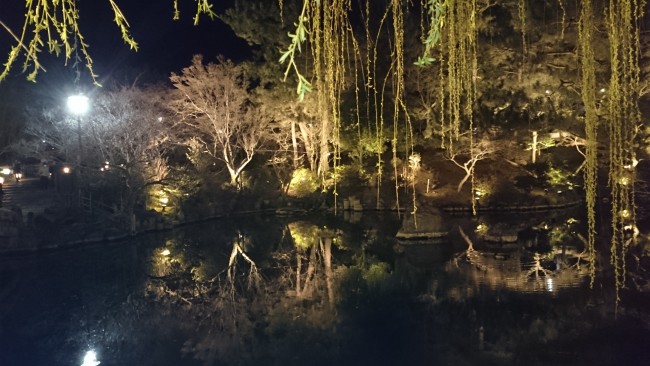
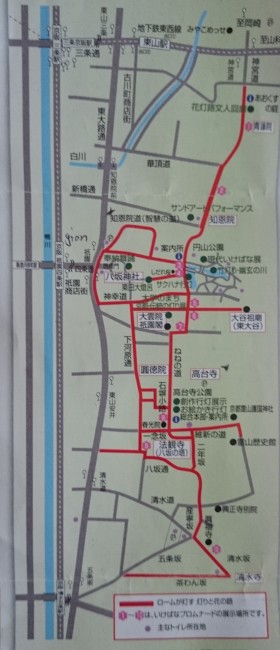
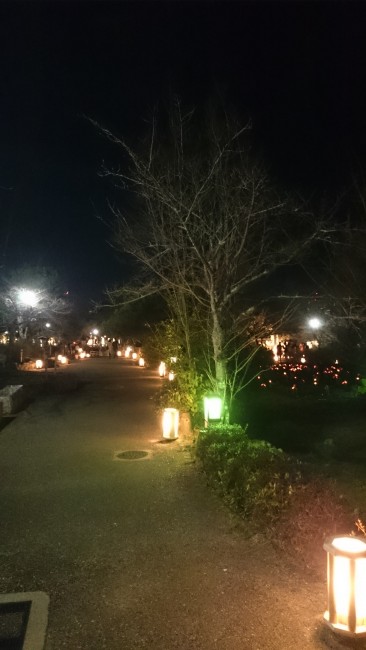
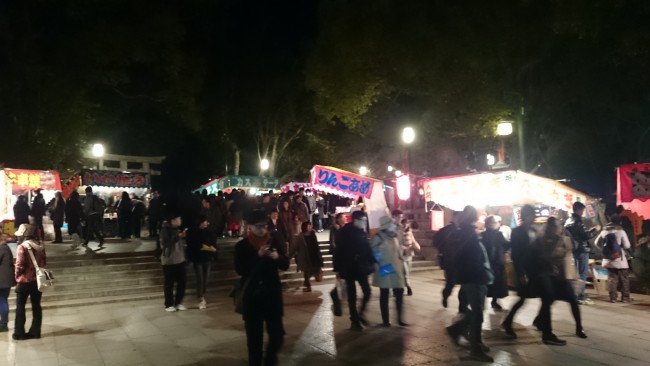
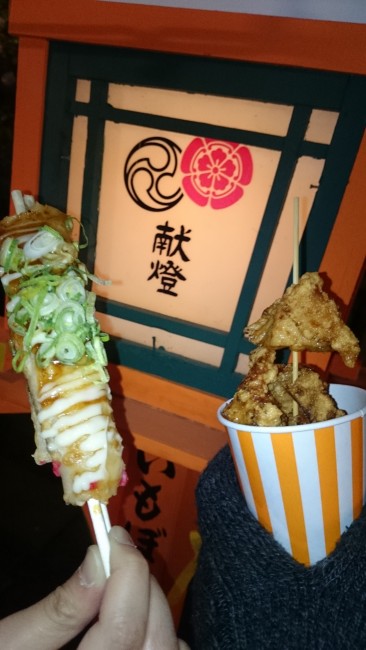
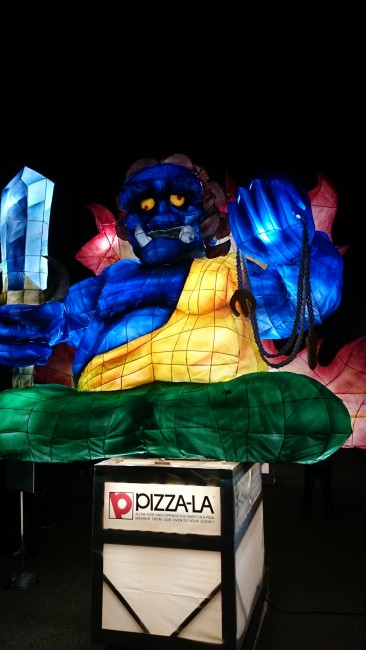
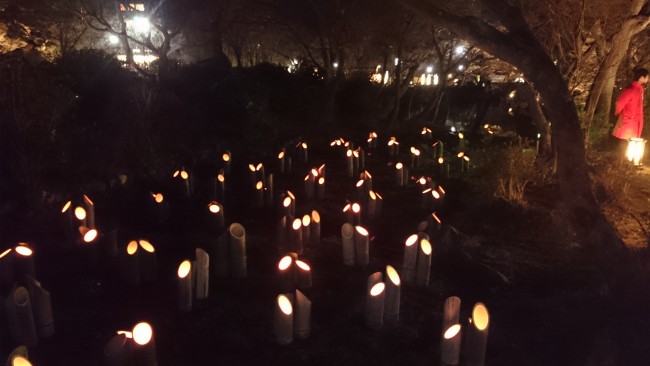
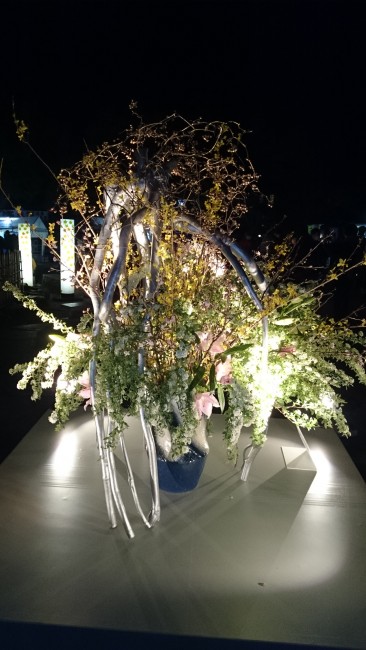
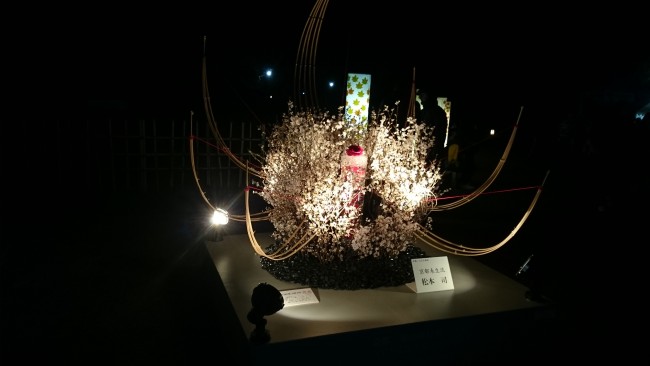

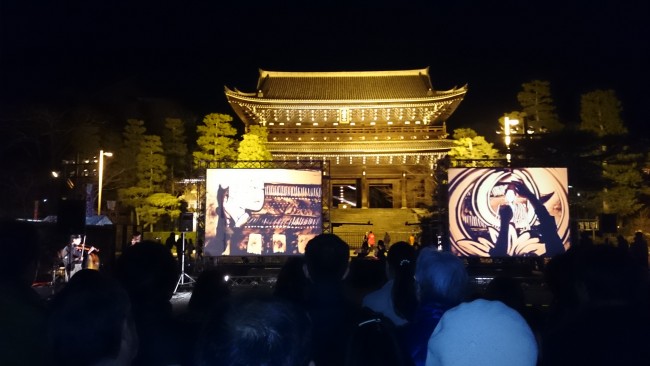
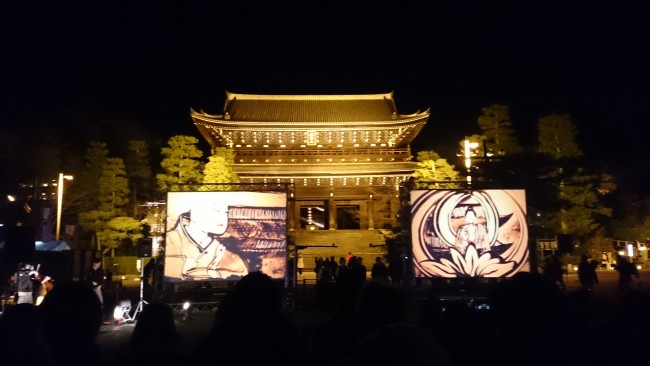
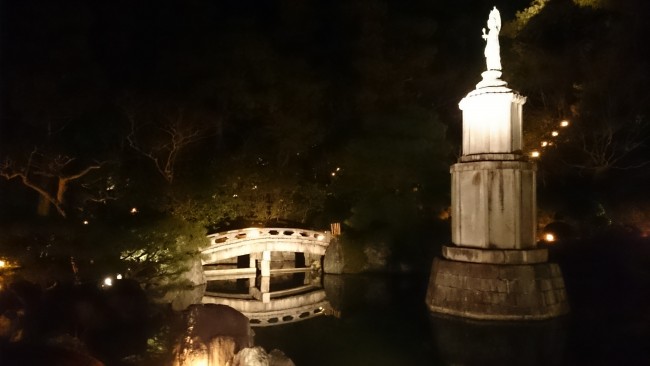
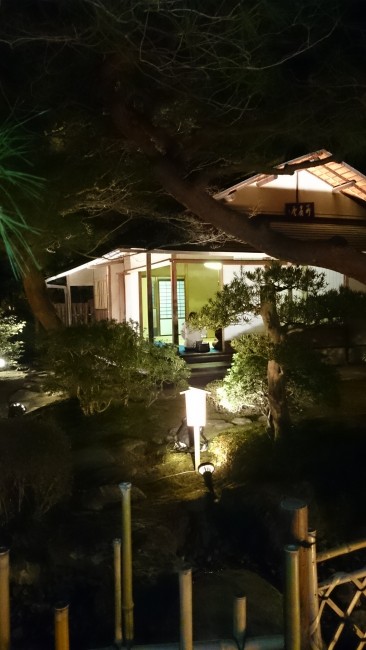
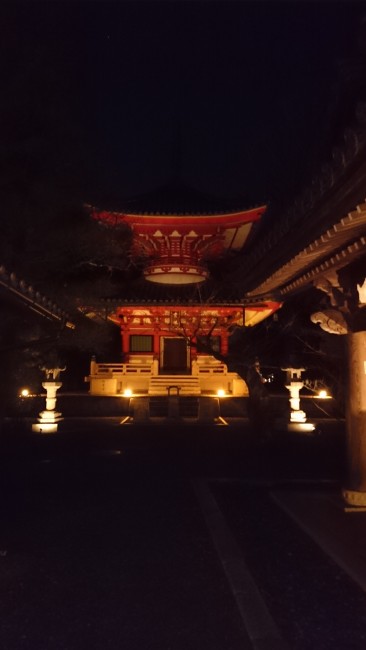
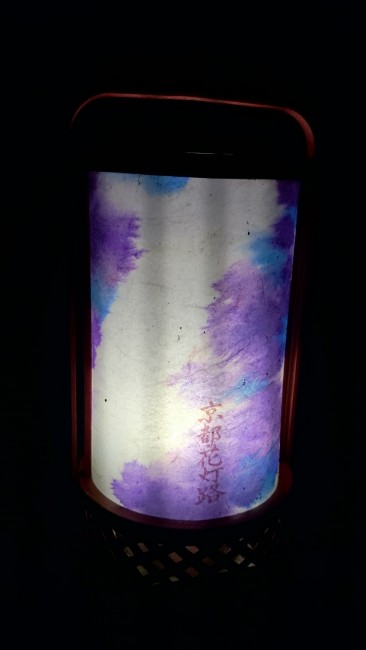
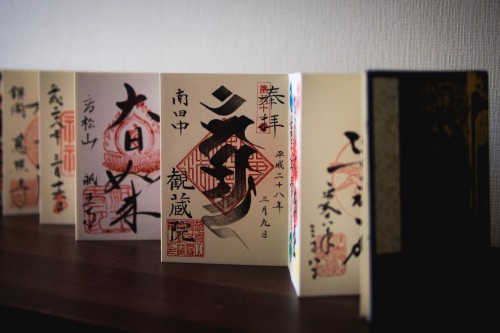
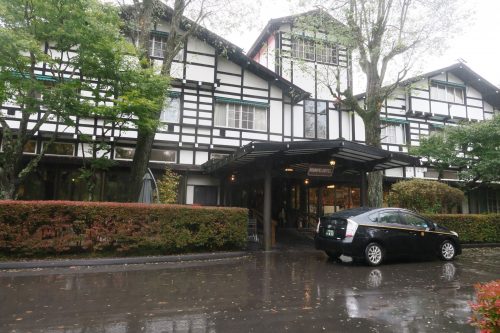
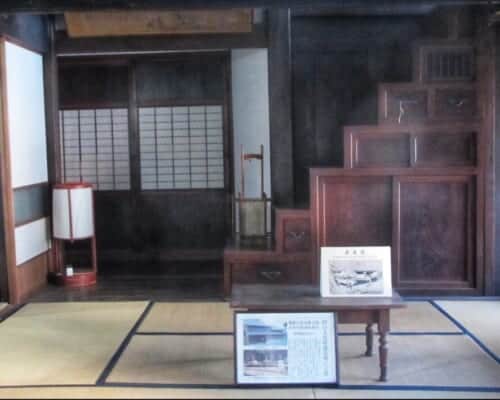
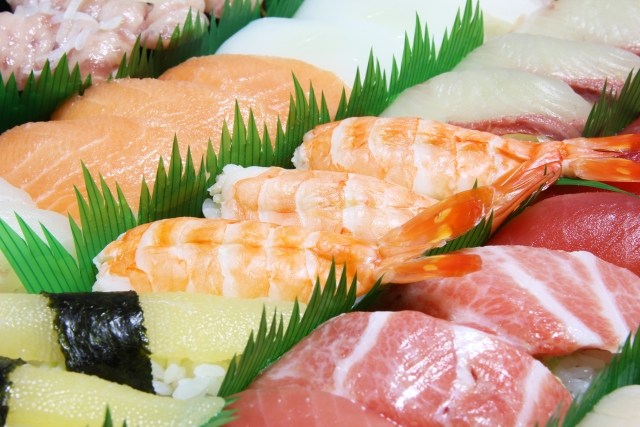
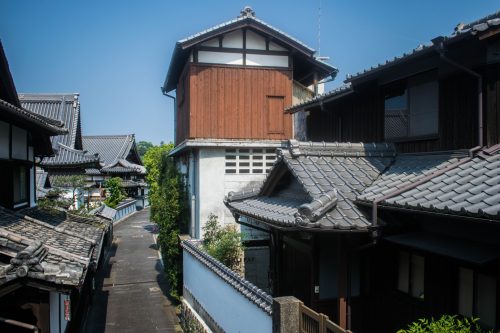


No Comments yet!